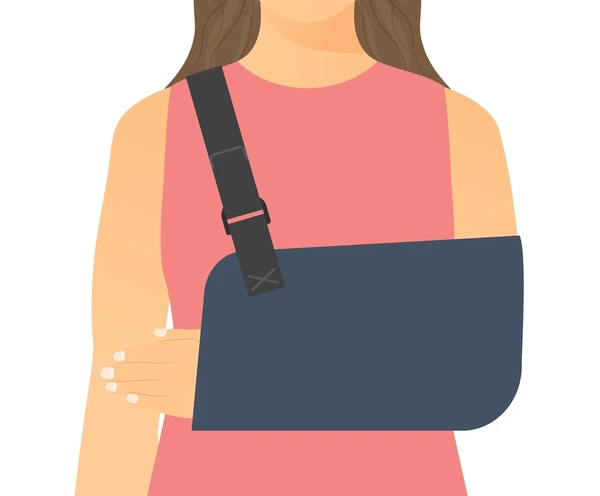Historically, it was recommended that shoulder dislocations should be treated with rehabilitation (therapy) alone unless a patient had multiple recurrent dislocations. However, several studies in the past decade have changed the approach to treatment.It is now understood from well-conducted natural history studies that the chance of a repeat dislocation can be extremely high. The risk factors for recurrence are multiple but mainly include age, sex, activity level, ligamentous laxity, and bone loss. Age is the biggest factor. In particular, individuals under the age of 20 have a about a 75% chance of re-dislocating the shoulder after a single traumatic dislocation. The problem with re-dislocation is that it can lead to an increased chance of arthritis and damage to the shoulder that can change the severity of surgery required to achieve a stable shoulder.
- Robinson et al., for instance, demonstrated that an arthroscopic repair, after a single dislocation in patients under the age of 35, reduced the chance of re-dislocation down to 7%, a drastic reduction compared to the natural history above. (See Article).
- More recently, Chahal et al. systematically reviewed the literature comparing studies of rehab/sling immobilization versus arthroscopic repair after a first-time shoulder dislocation (See Article). They found that the risk of repeat dislocation with repair was 1/5th of that after non-operative treatment.
We have also examined the impact of number of dislocations on the type of treatment that is required to stabilize the shoulder. Our data shows that patients who have more shoulder dislocations are more likely to require more invasive or even open incision surgical procedures to stabilize the shoulder. This is not a surprise since each dislocation leads to damage of the joint.Given the evidence that repeated shoulder dislocations are associated with arthritis, I believe that younger patients (under 30 to 35 years of age) should strongly consider an arthroscopic repair after a single traumatic shoulder dislocation. A well-done minimally invasive arthroscopic repair (with care taken to assess bone loss prior to surgery) can lead to substantial reduction of the risk of repeat dislocation and may reduce the risk of future arthritis.
Similar posts



